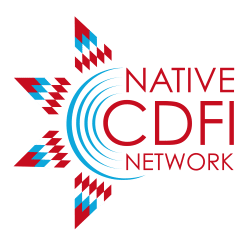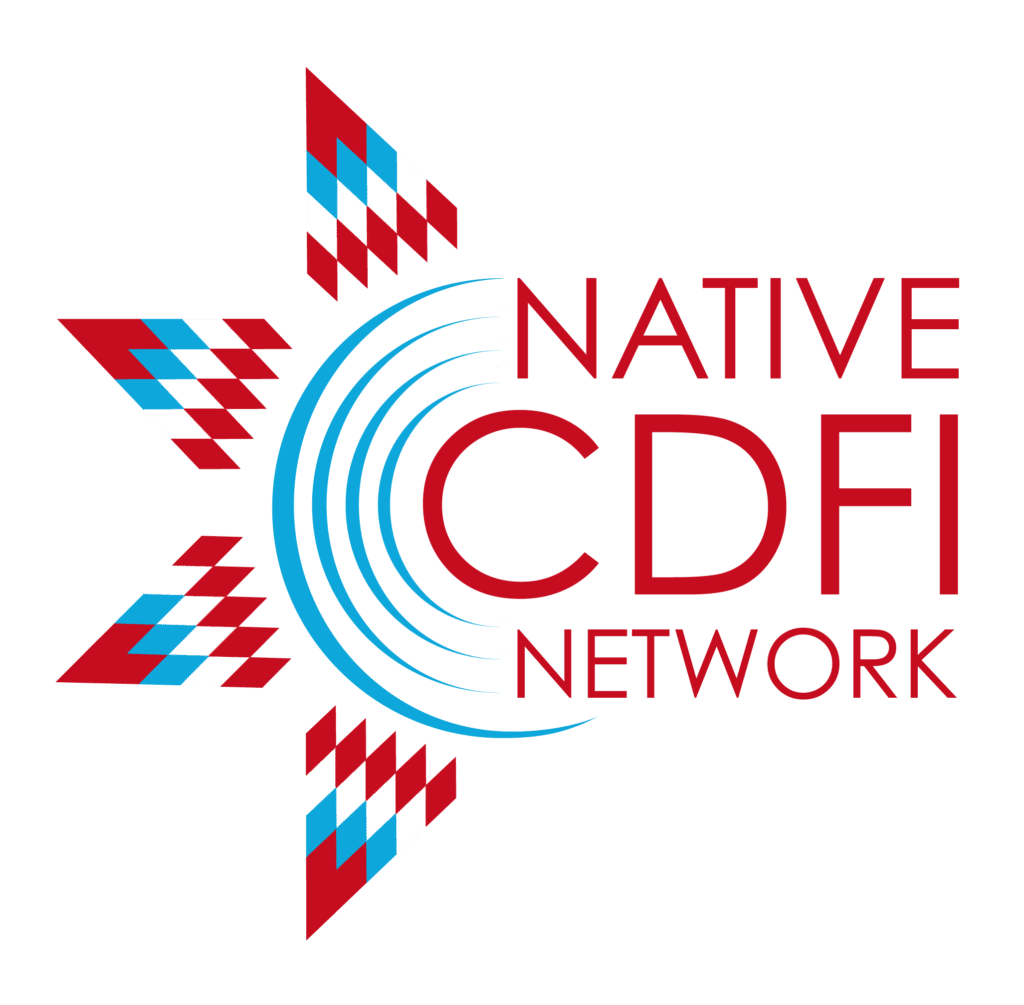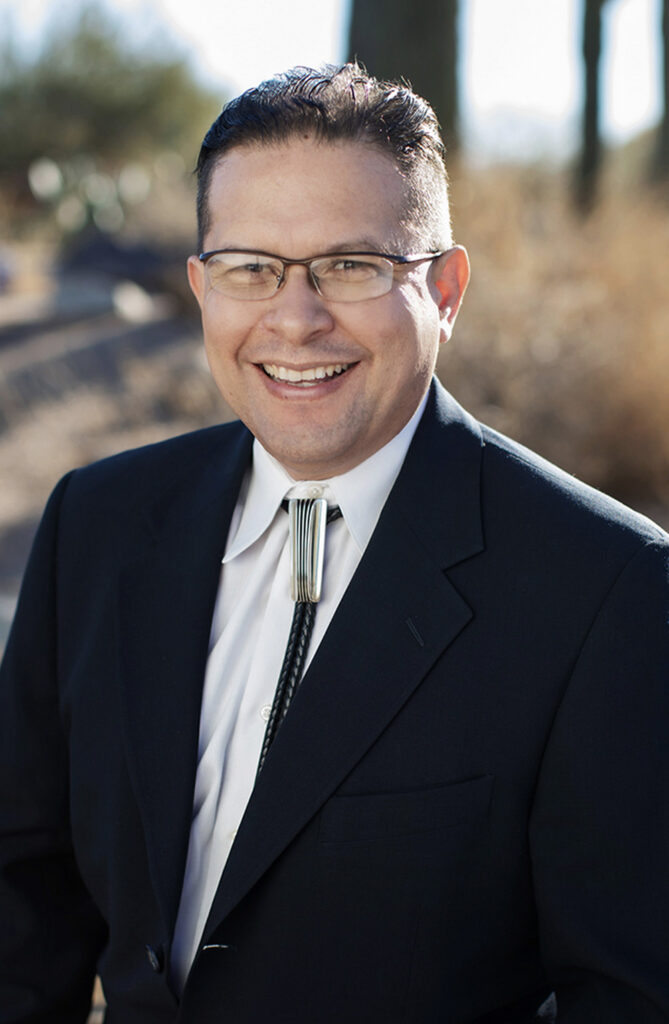 The Native CDFI Network (NCN) developed the “Native CDFIs: Difference Makers for Indian Country” interview series to cast a much-needed spotlight on the many positive benefits that Native community development financial institutions (CDFIs) create for tribal communities and the leaders who help make Native CDFIs the transformational success stories they are.
The Native CDFI Network (NCN) developed the “Native CDFIs: Difference Makers for Indian Country” interview series to cast a much-needed spotlight on the many positive benefits that Native community development financial institutions (CDFIs) create for tribal communities and the leaders who help make Native CDFIs the transformational success stories they are.
In this latest edition of “Difference Makers,” NCN sits down with Dave Castillo, who serves as CEO of Native Community Capital (NCC), a federally certified Native CDFI that maintains offices in New Mexico and Arizona. In addition to overseeing day-to-day operations, Castillo’s primary role with NCC is to maintain and develop strategic partnerships with banks, public-sector agencies, and CDFI and foundation partners to raise public- and private-sector capital to provide housing and community and economic development financing on tribal lands.
Castillo serves on several boards of directors and advisory councils, including New Mexico Community Capital, the Housing Assistance Council, the New Mexico Tribal Homeownership Coalition, the Federal Home Loan Bank of San Francisco, and Enterprise Bank & Trust.
In this wide-ranging conversation with NCN, Dave shares an overview of NCC’s difference-making work and his admiration for the persistence and ingenuity of Native small business owners. He also issues a challenge to lending institutions to invest in Native CDFIs to advance self-determined “WELL-th” building in Native communities.
NCN: Why do you do what you do? How did leading Native Community Capital become your life’s calling?
Castillo: Early in my career, I asked my Indian Country mentors who are elders now in the community to guide my path. They would present issues for me to study and propose solutions for. They asked me to carry on their work and continue forging a path towards better outcomes on issues important to Indian Country. It’s really important to remind ourselves we don’t do this work alone. This can be lonely work, but we’re never truly alone. We have the prayers of our ancestors and we have the support, encouragement, and trust of those who need us to continue this work.
One recent example of carrying on together came from Twila Martin, a former chairwoman of the Turtle Mountain Band of Chippewa. She said, “David, here are contacts I’ve developed over the years in leadership, and now I’m passing them on to you.” I’m so glad she did that. We have been constantly bombarded in this dominant Western culture with messages to the contrary of working together. I’m talking about the ideas of the corporate titan, the tech billionaire. The ego and “greed is good” approach that benefits few, but which typically is really devastating for everyone else, especially Indian Country and everything that is this earth.
Also, as I was growing up, I learned about the hardships my grandmother, my mother, and, as a young newlywed, my mother-in-law had endured. Their stories were so similar. Combined with what my Indian Country mentors were asking me to do, it all clicked. It gave me a clear and consistent picture as to what’s needed and what’s possible. At the end of the day, all of us stand on the shoulders of those who came before us, who struggled to clear the path for the ongoing work we do. For that I’m really grateful, and I have become more and more committed to social and economic justice. So when you hear me railing against some bank executive, that’s where that comes from.
NCN: As you know, there are more than 70 federally certified Native CDFIs across the country and many more “emerging” CDFIs following in their footsteps. Why did Native communities feel it necessary to create CDFIs and what fundamental role do they play?
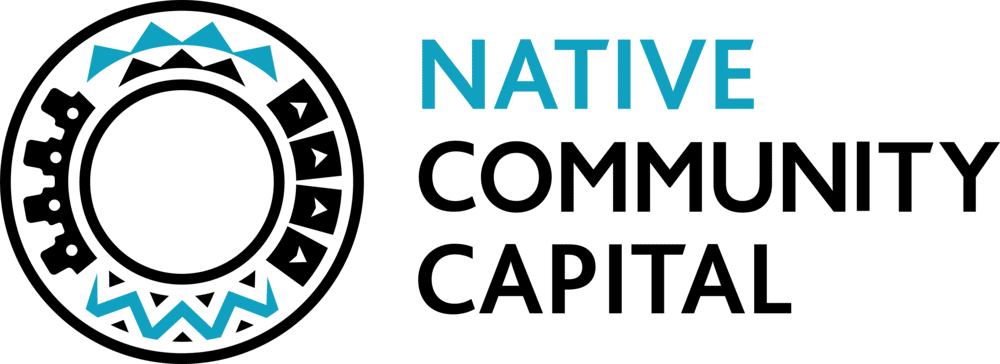 Castillo: Native Community Capital formed at the direction of elected tribal leadership. In 2003, the Governor of Arizona and tribal leaders met at the base of Mount Baboquivari at Tohono O’odham. That location holds very special significance for the Tohono O’odham people in relation to making important decisions, so it was appropriate that we were meeting there. They were there to discuss housing and access to capital, and it was there the idea emerged to form a Native-led financial institution to serve Native people residing on tribal lands.
Castillo: Native Community Capital formed at the direction of elected tribal leadership. In 2003, the Governor of Arizona and tribal leaders met at the base of Mount Baboquivari at Tohono O’odham. That location holds very special significance for the Tohono O’odham people in relation to making important decisions, so it was appropriate that we were meeting there. They were there to discuss housing and access to capital, and it was there the idea emerged to form a Native-led financial institution to serve Native people residing on tribal lands.
The tribal leaders said, “Why is it that towns right outside the reservation boundaries get access to bank financing, tax credit financing, bond financing and even some sorts of exotic financing options? All we get are government grants.” Another comment I remember was, “The banks are happy to take our payroll and our tribal account deposits and structure financing for our gaming and other enterprises. But when our tribal members call to get a small business loan or we need financing for housing, the banks won’t even pick up the phone.” Ultimately, the tribal leadership wanted parity. They wanted equitable access to capital. Governor [Janet] Napolitano took the position that if banks were not willing to make loans to tribal citizens residing on tribal lands, then tribes themselves should capitalize the fund and show the banks how that work could be done. The tribal leadership agreed and endorsed the creation of the predecessor of Native Community Capital at the time. Over the years, we’ve deployed over $20 million in loaned funds to support tribal housing, community economic development. But the need is still great, and there’s so much work that needs to be done.
NCN: What do policymakers, outside financial institutions, and the general public need to understand about Native CDFIs and the difference they make?
Castillo: They need to recognize we’re not engaged in simple charity work. We need to move the money. We need to get the resources into Indian Country. Our non-profit status is a tax designation – it’s not a business model. We don’t rely exclusively on government grants. Our work and our organization need to be economically self-sufficient, and we need to be good stewards of the debt and equity investments placed in our care. Investors, the general public, and policymakers don’t realize we’re operating in some of the most distressed economic environments. These are places regulated financial institutions fear to tread. If you look at national non-profits that claim to serve all and other supposedly socially minded for-profit organizations, they avoid Indian Country as well. One nationwide non-profit intermediary during the pandemic secured over $1 billion in donations from Fortune 500 companies. Little if any of that reached Indian Country. So where we work, it’s a place beset by predators. We have payday lenders. We have pawnshops and scoundrels of all sorts. For all of the strides tribes have made through self-determination, they’re operating within broken economies. It’s in this environment we do our work – we engage in the R&D [research and development] of what works, and we develop and scale the services that Indian Country needs to rebuild tribal economies.
So when policymakers, investors, and the general public choose to limit their support for our work, it’s a decision to continue starving tribes of the resources needed to recover from the centuries-old conflict with the West. I imagine when the Ukraine crisis ends, the United States and other countries will invest heavily in the Ukrainian people rebuilding on their own terms. Native people should be afforded the same dignity. We’re done with poverty programs. Tribes have done so much with so little for so long. Just imagine if tribes were recognized as the nations they are, with the unique contributions we can offer the world. We need to be able to recover and thrive. We’re doing it anyway, and Native CDFIs in a small way are doing their part.
“We need resources. We don’t need folks to do it for us. We’ll do this work ourselves. Economic development doesn’t happen overnight. If you’re going to truly be a partner with Native CDFIs, then you’re going to have to be a partner for the long haul.”
NCN: Tell me about Native Community Capital. What is its mission, and how does it foster prosperity in the communities it serves?
Castillo: We make home loans and small business loans for Native people on tribal trust lands. It sounds simple enough, but the fact is most lenders avoid serving tribes who want homes or businesses on Indian reservations. Less than 10% of mortgage loans are made on tribal trust lands. Even that amount might be celebrated if not for the fact that the HUD 184 Loan Guarantee Program provides a 100% guarantee to lenders in the case of a mortgage default. And in the case of business loans, the BIA [Bureau of Indian Affairs] offers a 90% guarantee. Yet lenders actively avoid making loans on tribal trust lands. So that’s the work we do. We make these loans almost exclusively on tribal trust land. It seems like it’s been easier to land a rover on Mars than it is for the banking community to open a branch on or near an Indian reservation.
The issue has been and continues to be how can we increase access to safe, decent, and affordable housing for tribal citizens living on tribal lands? I spend most of my time educating foundation, public, and private sector would-be allies on the role they could play in the equation. It’s a privilege to be asked to walk would-be investors through the process of how their investments can be transformational, and we invite the curious and the committed alike. We value and appreciate those that make commitments to help rebuild Indian Country, but we need many more.
NCN: Native Community Capital supports tribal citizens from all walks of life in various ways. Can you share with us an inspiring success story of an individual client you have worked with?
Castillo: I have so much appreciation for Native small business owners. They are solving problems every single day, and COVID has proven to be the ultimate test. Most small businesses fail within the first three years, and that’s under normal circumstances. You add to that the reality of COVID. But I’m happy to say that every one of our small business borrowers except one is still in business and the one that failed, he has pivoted to his next business with the lessons from the school of hard knocks, arming him for his next set of challenges.
Just yesterday I received an email from a small business client. It says, “Thanks for your support. The relationship between our business and your lending partners has been positive since inception, and we thank you for being a part of this connection. The chief credit officer over there and I have a mutual respect that has developed while he has guided himself and his team to better understand Native American business development issues and the bureaucratic maze we are strapped to follow. It has been an eye-opening experience for them as we held each other’s hands. The chief credit officer has truly learned a lot from me and become an advocate for us. We’ve become their success story. My family and I are committed to making this company successful and a positive contributor within our community. I want you to continue to be in our corner.”
What amazes me about Native entrepreneurs is they just keep going. We’re just providing the resources, the cash to do it. They’re the ones doing the hard work.
NCN: From your perspective, what do Native CDFIs need to realize their full potential? What support do they need to achieve their missions and maximize their impact?
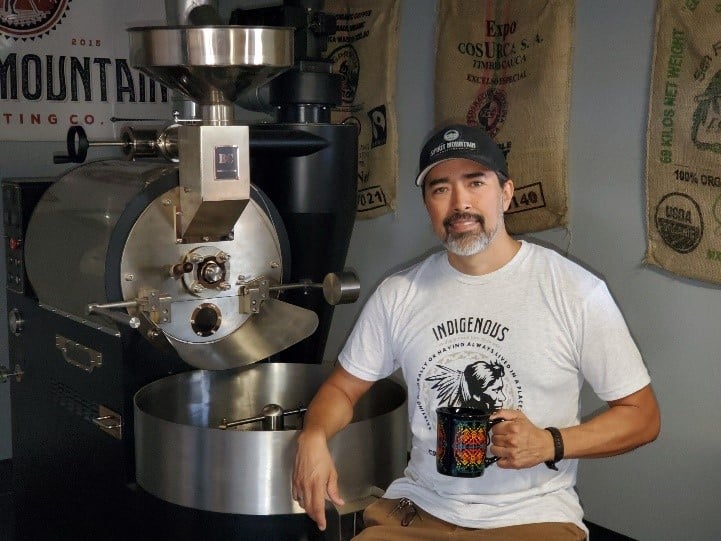
Founder Tudor Montague (Quechan Nation) of Spirit Mountain Roasting, a Native Community Capital client. (Courtesy: Native Community Capital)
Castillo: We need resources. We don’t need folks to do it for us. We’ll do this work ourselves. Economic development doesn’t happen overnight. If you’re going to truly be a partner with Native CDFIs, then you’re going to have to be a partner for the long haul. We need to challenge those entities that to date have failed to adequately serve our communities and instead simply champion corporate PR goals, which often are the same as their CRA [Community Reinvestment Act] goals. That challenge is very simple. I would ask those organizations to lead, and I’m talking about financially. At a minimum, become a preferred lender in the Bureau of Indian Affairs Loan Guarantee Program and become an approved lender in the HUD 184 Indian Loan Guarantee Program. That work would require the lender to commit resources to recruit and retain talent and to achieve loan production goals that have measurable impacts in tribal communities. That’s the big ask. We’ve not seen banks that can do that. As a matter of fact, they’ve retreated. They’ve dismantled their Native lending teams.
If you’re not going to lead, then follow. What does that mean? Well, if you’re not willing to become a preferred or approved lender, then commit cash resources to Native CDFIs that are actively and typically exclusively serving Native people and communities who are eligible for the loan products that are paired with guarantees or credit enhancements.
If you can’t do either of those things – which some financial institutions and others have proven they’re not going to do – then get out of the way. Stop using Native American imagery. Don’t use it on your websites. Don’t use it in social media. Stop making statements that your organization serves all communities in your service territory. If you have no intention of doing so equitably, be prepared to suffer the CRA and public relations consequences, period.
The ask from our community and our allies is to help us promote wealth building. But I don’t spell wealth building “w-e-a-l-t-h.” I spell it “WELL-th.” We’re talking about community wellbeing, social and economic wellbeing. The biggest danger for us is the idea that money is going to solve our problems. It won’t. Us acting together, as tribes always have, and honoring the kinship and clan relationships that define who we are as tribes, that’s where the solution lies. The funds we deploy, they’re just a tool. But the love we have for our communities is what’s going to help us conquer the vice and despair that remains in our communities. It can also help us resolve the apathy and defeat the predatory intentions of those outside our communities. That’s a big ask. There’s no silver bullet. That’s not how it works. We need to do the hard work and face the many demons and internal struggles and work through them.
To learn more about Native Community Capital, please click here.
